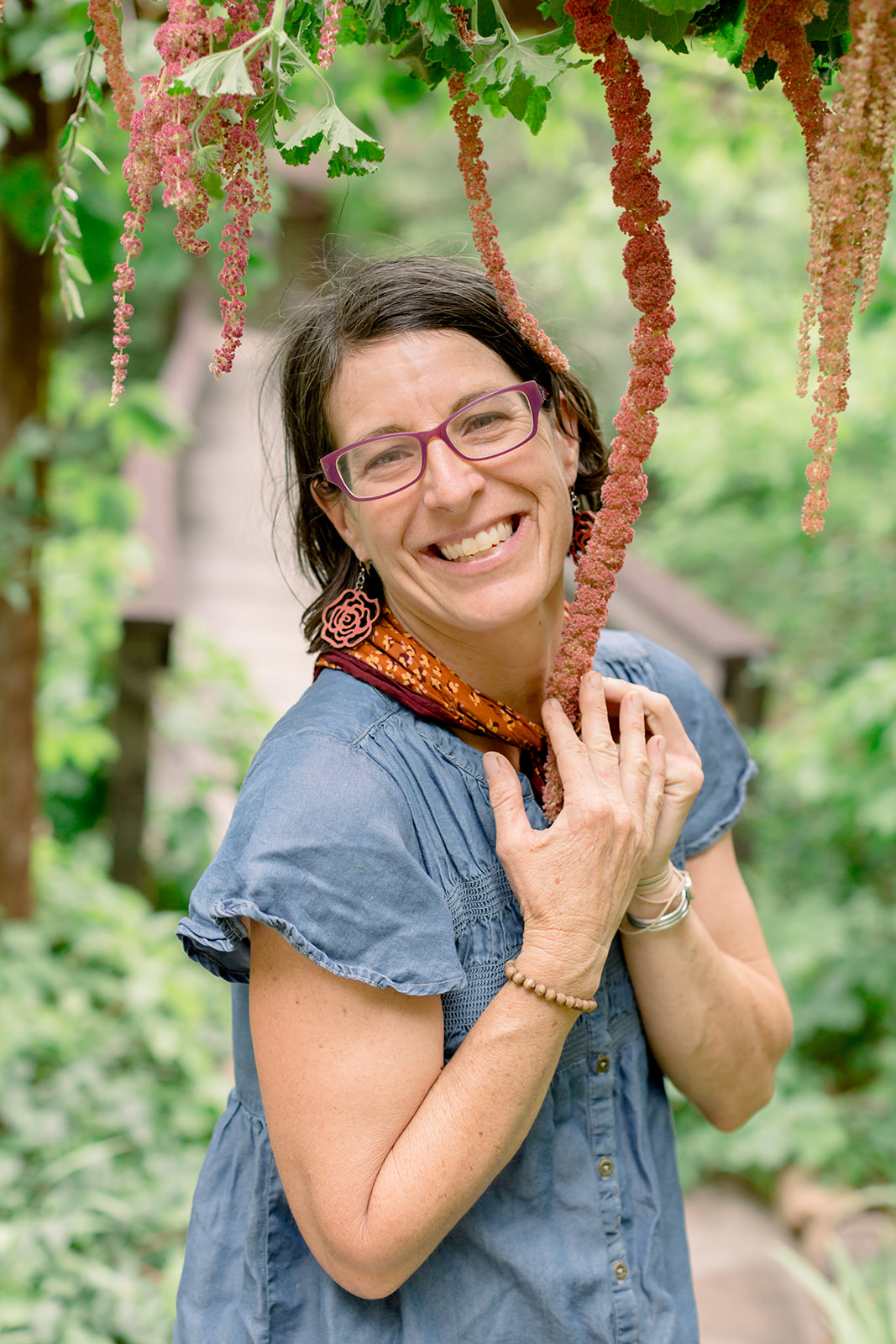There are some houses that just feel like home, and the trail crew bunkhouse at the Grand Canyon was like that. It was a dilapidated old place that the government wanted to tear down because it created an eyesore on an otherwise historic street. As the renowned flophouse for seasonal trail workers, it resembled a cowboy fraternity house. But housing was scarce, so it endured.
I have since moved on from seasonal work with unlikely characters who form temporary families of varying degrees of functionality. On a recent visit to the South Rim, I went by the old bunkhouse on Apache Street that had long been condemned. I barely recognized the building transformed to its early-20th Century magnificence. It stood empty, waiting for a new family.
I lived there one summer 15 years ago with a crewmate, Javier, and his brother Nacho. Nacho came to visit Javier on the South Rim and liked it so much he decided to stay. At first he slept on the living room couch, then a week turned into a month. Each day we arrived home to Martha Stewart in the form of a Mexican-American ex-convict from L.A. covered in tattoos.
He melded into my life at the Grand Canyon like an older brother. Together we removed the clutter of other eras—worn out workboots and musty government-issued gear that languished under beds and in closets. Nacho transformed the rotting log benches that cluttered the yard into flower beds. He helped me paint over the black ceiling in my bedroom with several coats of white paint.
Nacho claimed the small room that was a thoroughfare without any privacy. He took extreme care arranging his spare belongings: the Tres Flores hair tonic and cologne, a dish of pennies and tattoo magazines all meticulously placed on the dresser. He found assorted shot glasses and lined them on a shelf he salvaged and nailed to the wall.
At 30 he had spent nearly half of his life as a screwed-up, angry kid, and the rest paying for it in jail. He rarely spoke of his life behind bars. “I was just waiting for time to pass,” he said once as we watched the sunset on the rim on the Canyon. “This is what you call living.” He opened his arms out to the endless horizon of sky and chasm: “This place is the s**t.”
Nacho grew up in a house with four siblings, went to prison at 18 and returned years later to a family that had grown in his absence—there were new nieces and nephews and not a lot of privacy. He had been out of prison for six months when he took the train from L.A. to visit his brother at the Grand Canyon; a brother he hardly knew.
The last time time I saw Nacho was the morning after our Fourth of July party. After cleaning up the beer cans he packed up a stereo with his coveted Alanis Morissette tape and went to “kick back” on the rim. Later I replayed that moment trying to recover the precise tone of his voice or the expression on his face.
We thought it was strange when Nacho didn’t come home that night. We imagined that he had met some people and was having another adventure with tourists he met on the Bright Angel Trail. But the next day on our way home from work we saw ranger vehicles and yellow crime scene tape draped on the Pinyon trees at the rim. I felt the fluttering of my heart falling out of my chest.
The rangers worked to recover Nacho’s body while deep shadows contrasted against the steep walls of Coconino sandstone that had claimed his life. The Grand Canyon was doing its best to placate us with overwhelming beauty in the face of sudden and paralyzing tragedy. Waiting on the rim I thought about how Nacho had never missed a sunset there, but in the short time that he lived here I doubt he saw one this breathtaking. Monsoon clouds, layered in colors too perfect to name, grew even more intense as the sun slid below the rim.

